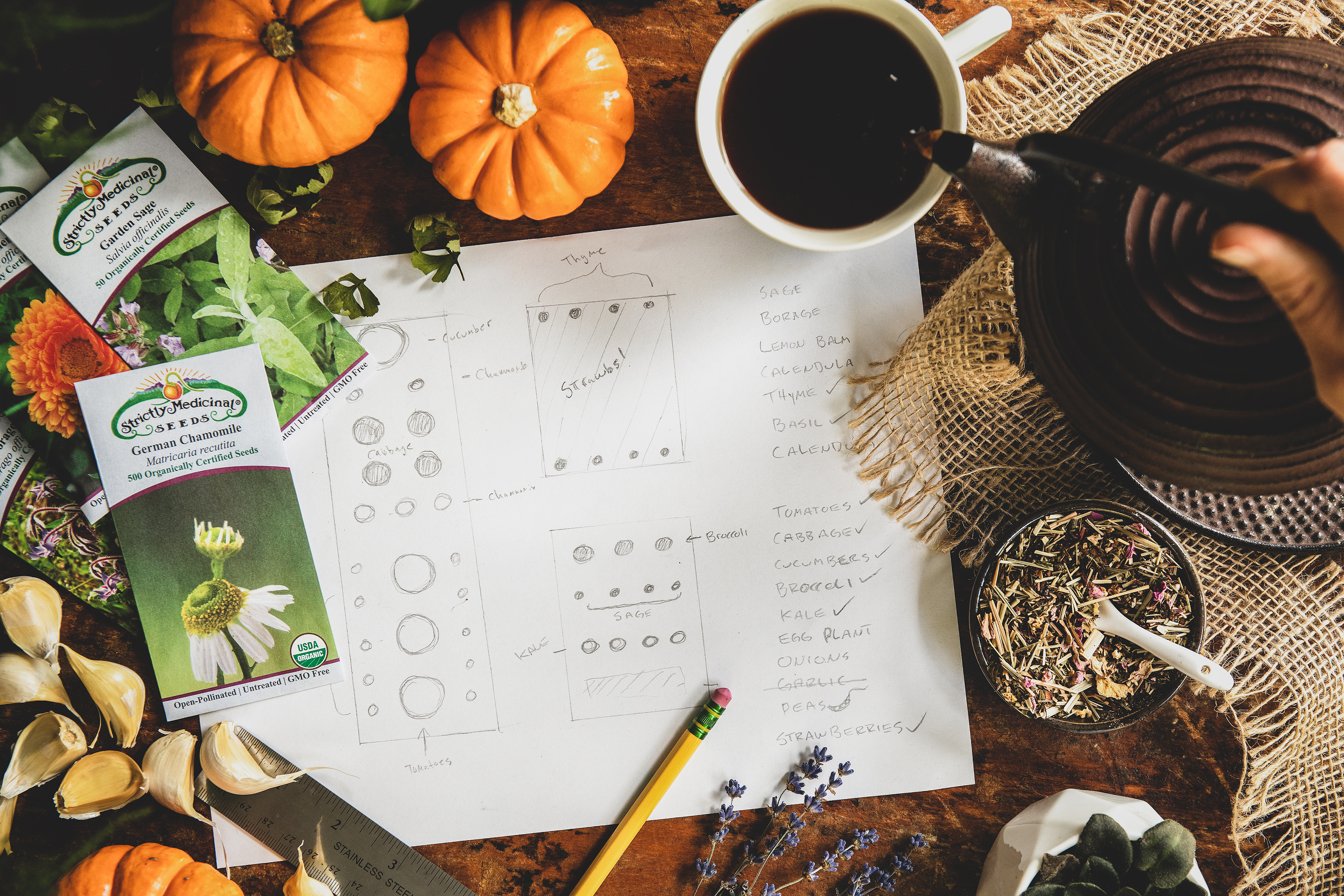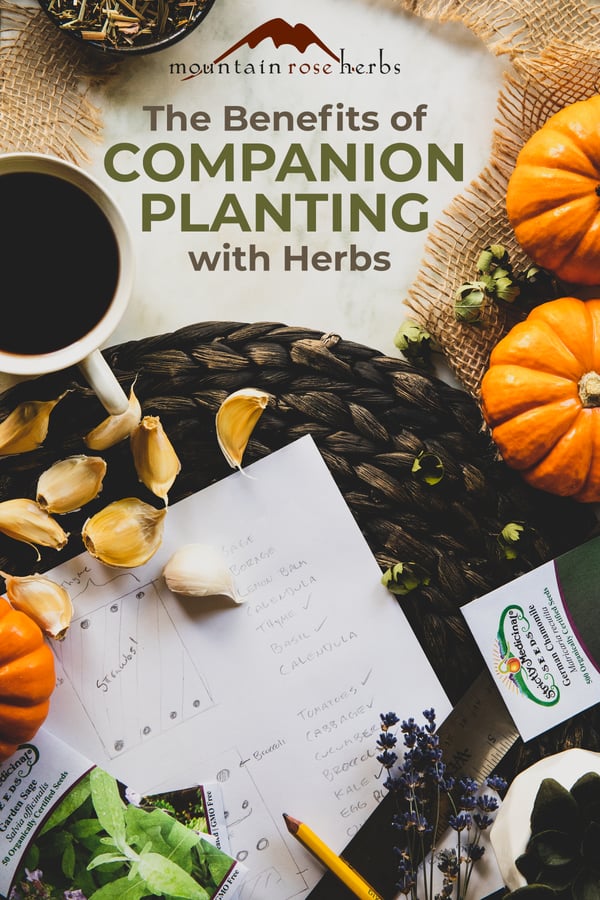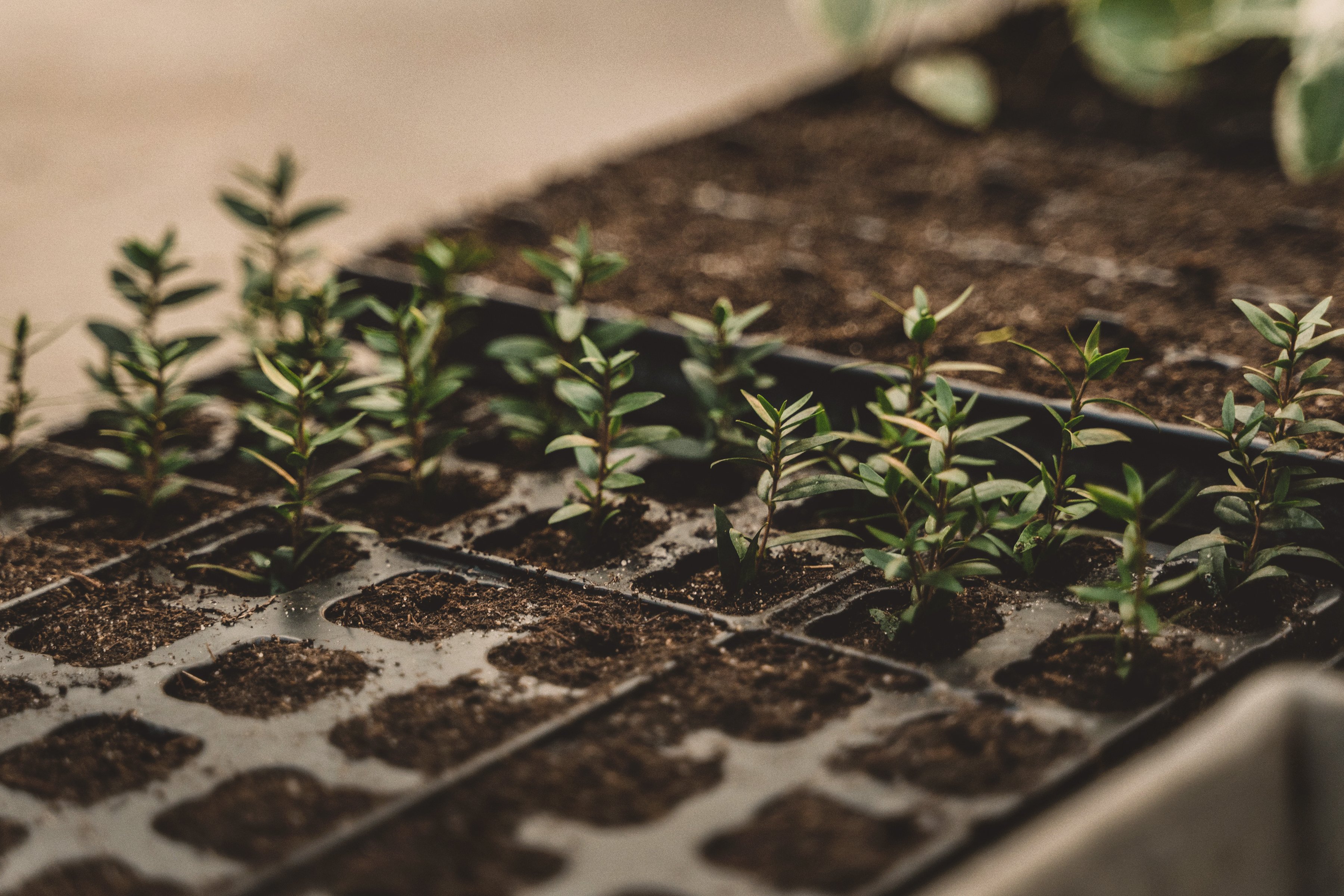
Gardening is truly a year-round activity. Each season presents us with unique tasks, opportunities, and challenges. Just like the plants that we lovingly tend, every garden and its respective gardener has its own life cycle; in the spring we bloom, followed quickly by the abundant harvests of summer and autumn. In the winter, both garden and gardener retreat into the season of rest, the final stage of the cycle before we return to the beginning to do it all again.
It’s in this stage of dormant reflection that we begin to dream of next spring—planning, and plotting all the wonderful things we’d like to grow. But this is also a valuable time to look back on the previous season, to celebrate our successes and evaluate our shortcomings. What lessons did we learn from this last year’s garden? What worked well for us, and just as importantly, what didn’t? An honest evaluation of our experience will allow us to fine-tune our goals and help us to plan and design an even more resilient garden than the year before.
Most often, last year’s shortcomings include things like pest control issues, low yields, or plants not having enough (or too much) access to light. Did you know that all these things can be addressed through the practice of good garden design and companion planting? Companion planting is the method of growing two different plant species together that benefits one or both plants in some way. Not only do these often address the above-mentioned issues, but companion planting can also help to improve pollination, provide a home for beneficial insects, and even maximize the use of a gardening space. Since many herbs contain natural pest-controlling compounds, they are one of the best cross-planting additions to a garden space.
How to Add Herbs to Your Companion Planting Garden Design
Did you know that basil grown near tomatoes helps both plants to be more vigorous and productive? Or that growing chives around your roses is known to help control both aphids and black spot? These are just a couple of examples of how and why companion planting works.
I created this list of my top 11 herbs to add to the garden and why they are particularly useful. This is by no means an exhaustive list and does not include all the other wonderful qualities associated with growing herbs in the garden, but will hopefully serve as a starting point to enhance your future garden design.
If you are working with limited space, also keep in mind that many herbs will thrive in the shade, or under the “canopy” of other plants. Mint, lemon balm, thyme, and oregano are all great examples of herbs that are more than happy to live in shady areas and that can be interplanted with taller plants to maximize the yields of your space. For instance, low growing thyme does well in the shade of a brassica bed and you could consider strategically placing a pot of mint with peppers, eggplants, or brussels sprouts. Additionally, mugwort, red clover, bee balm (Monarda), chickweed, eleuthero, and holy basil will thrive beneath your garden canopy.

*For those with visual impairment, the text version of this infographic can be found at the end of the blog.
Farming and gardening are truly year-round activities, and the planning and improving of systems is just as important as sowing your seeds and watering the plants. This winter, I hope you find yourself dreamily sketching out ideas for future garden layouts and flipping through seed catalogs for inspiration. Like many things in life, gardening is a give-and-take relationship. When we give our gardens what they need, they will in turn give us what we need. Here’s to a bountiful harvest!
Want to learn more gardening tips and tricks from bevin?
You can find him at SmallHouseFarm.com
You may also like:
Plant Diversity and Natural Pest Control
Organic Farming in the Off-Season
Forest Farming: Supporting People and Plants
11 Herbs to Improve Your Garden’s Overall Health: (Text from Above Infographic)
Basil is a companion with tomatoes, peppers, and oregano. Helps to repel flies and other insects.
Chamomile is a companion with brassicas, onions, and cucumbers. Attracts pollinators and other beneficial insects.
Cilantro is a companion with spinach, caraway, and dill. Repels spider mites and aphids.
Dill is a companion with cucumbers, lettuce, and corn. Attracts beneficial insects and deters aphids and spider mites.
Lavender is a companion with brassicas, echinacea,and fruit trees. Attracts pollinators including butterflies.
Oregano is a companion with eggplants, squash, and beans. Attracts beneficial insects and repels aphids.
Parsley is a companion with tomatoes, chives, and asparagus. Helps to attract beneficial insects.
Rosemary is a companion with cabbage, beans, and garlic. Deters cabbage moths and bean beetles.
Sage is a companion with brassicas, lettuce, and rosemary. Repels beetles, flies, and cabbage moths.
Tarragon is a companion with eggplants, tomatoes, and lemon balm. Improves the flavor of neighboring veggies.
Thyme is a companion with brassicas, strawberries, and lovage. Deters many garden pests.












